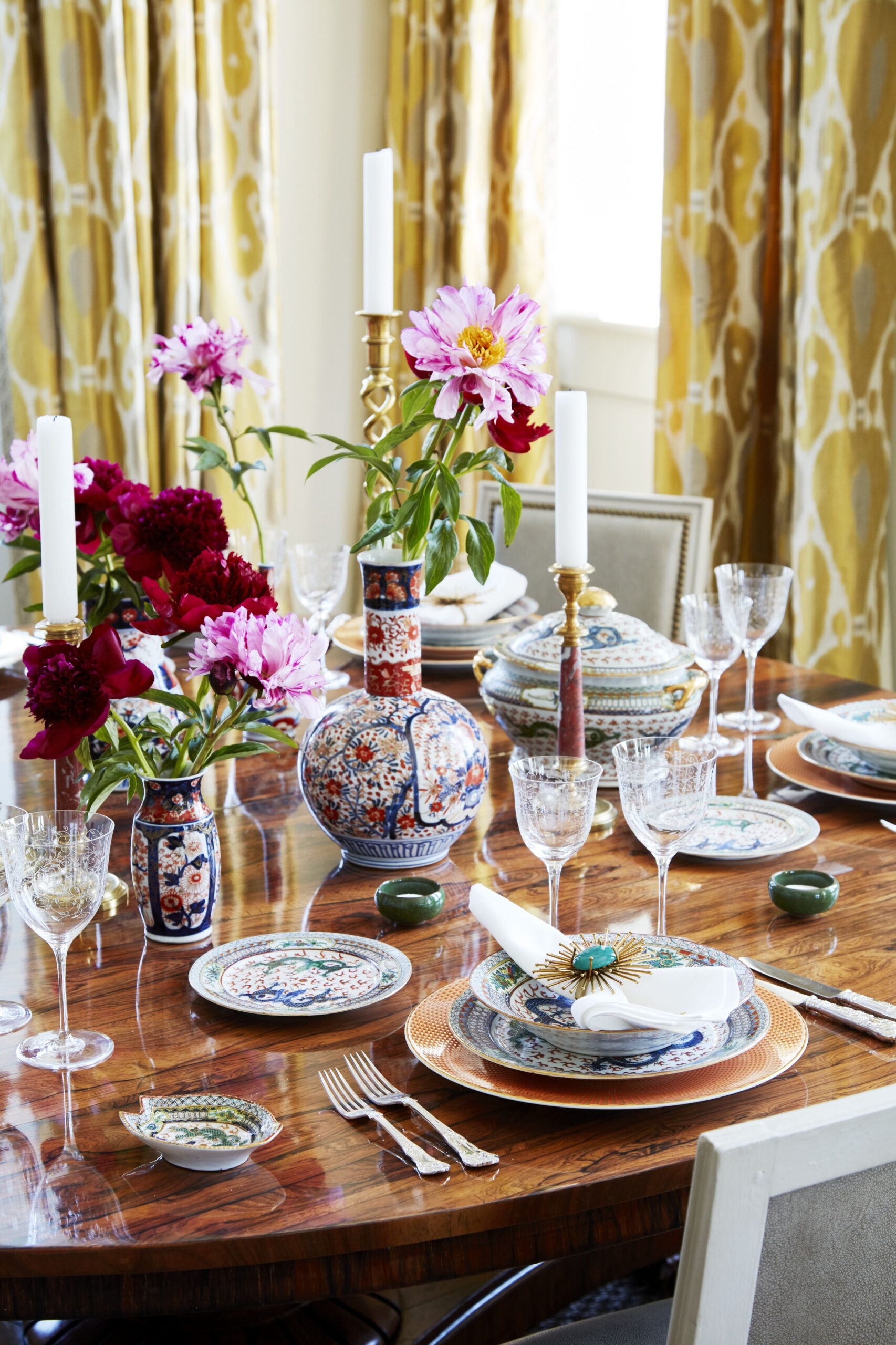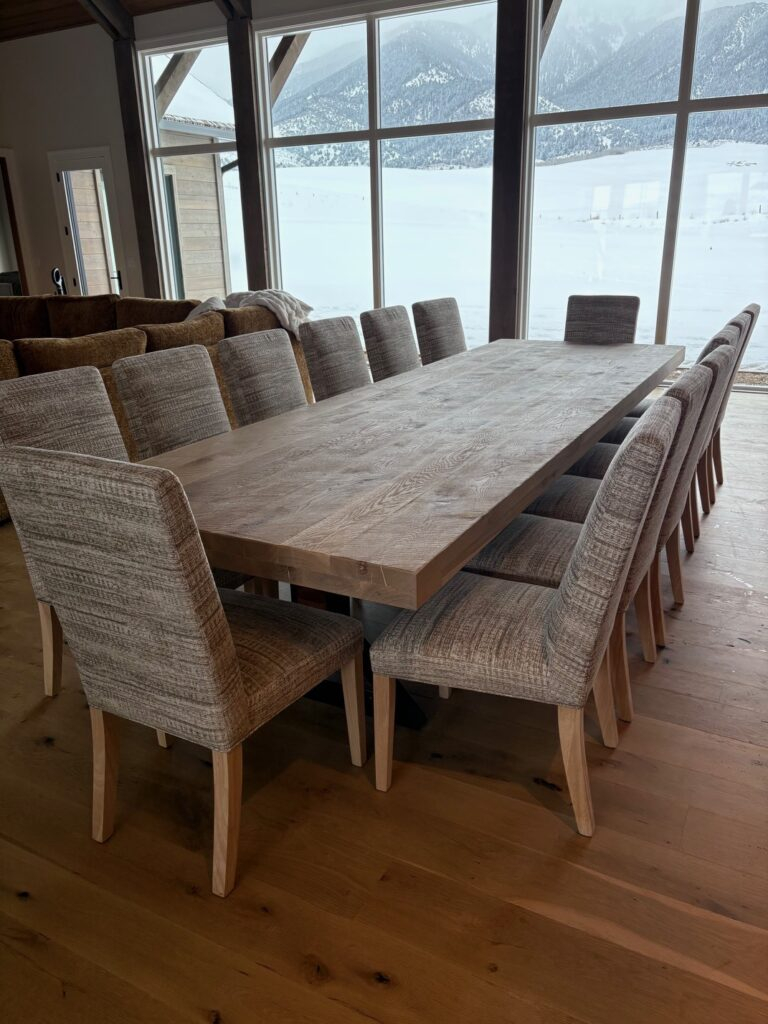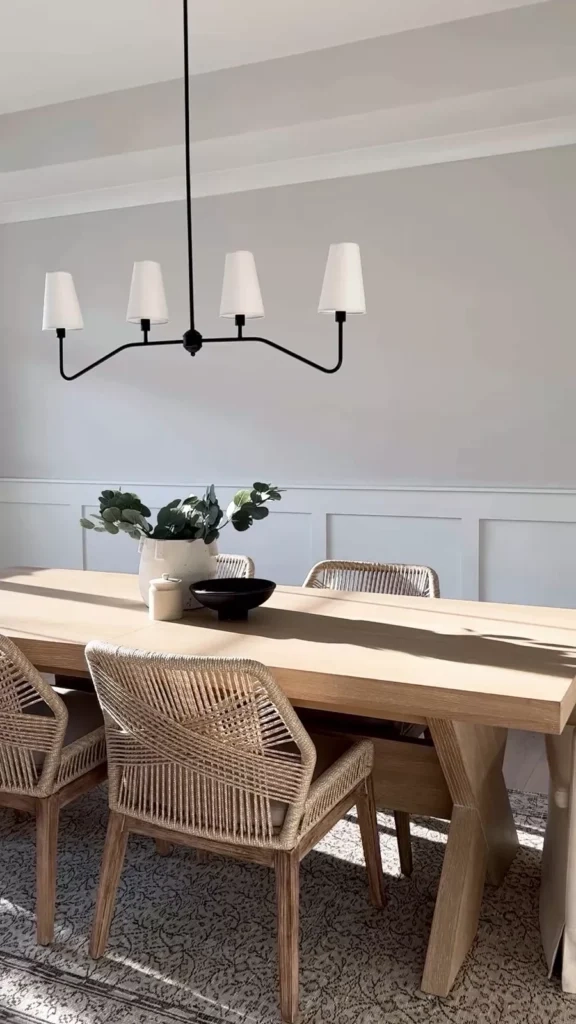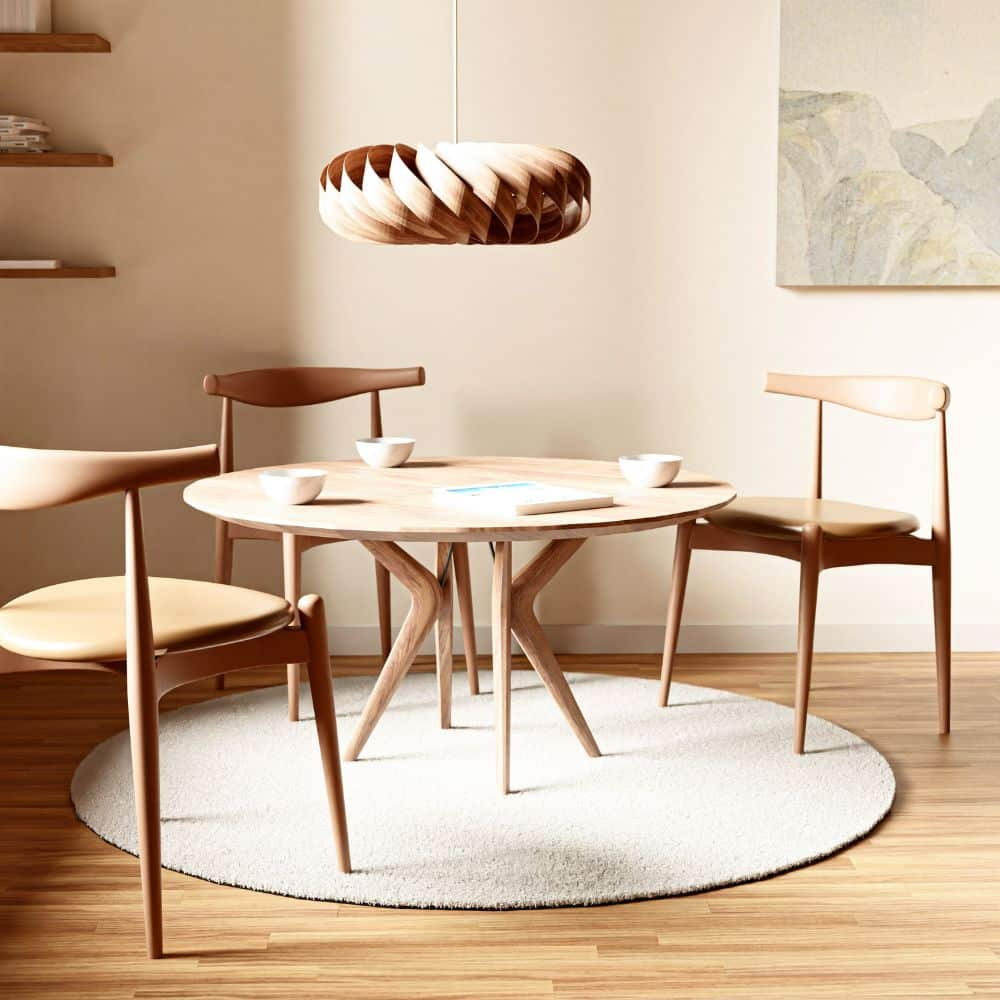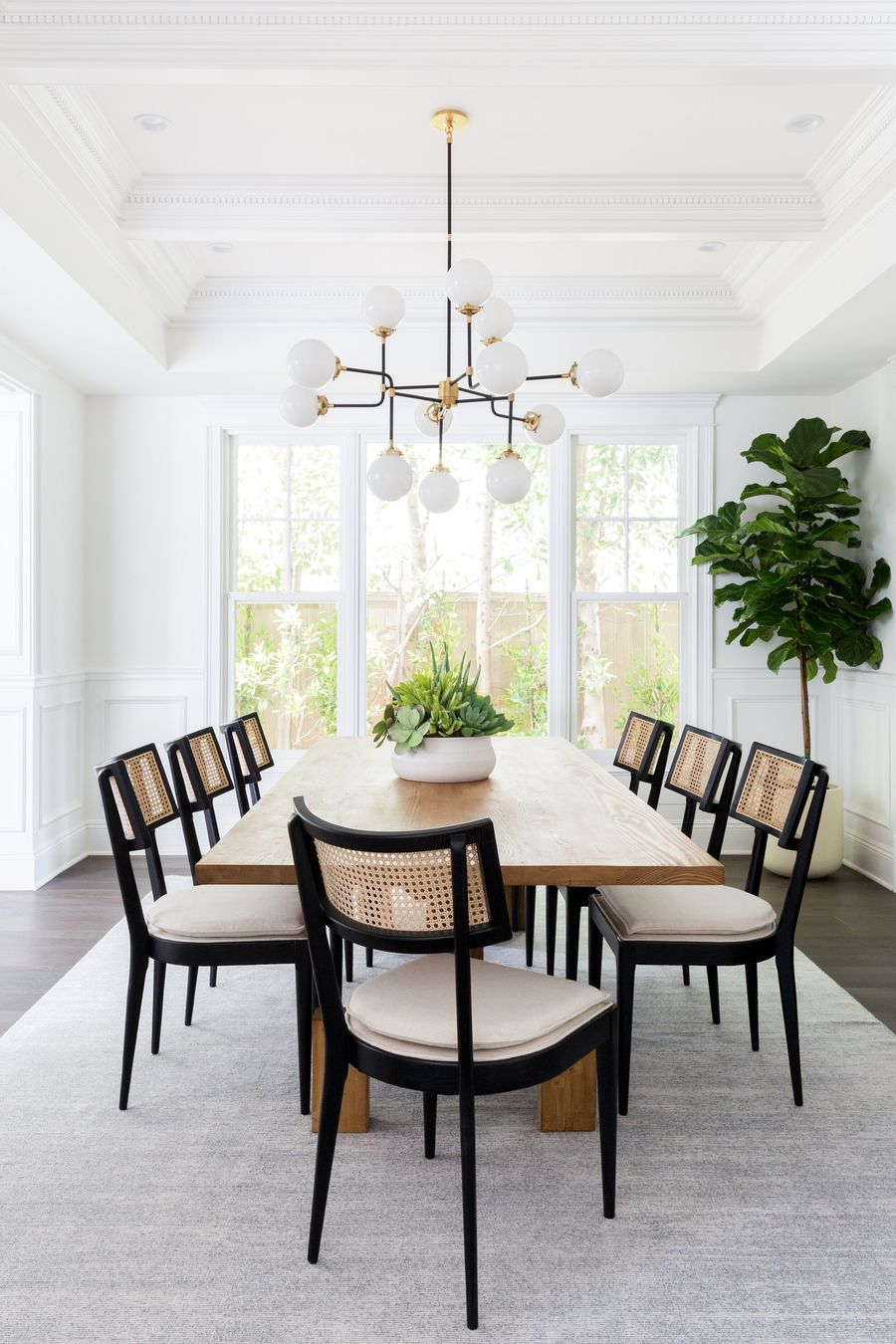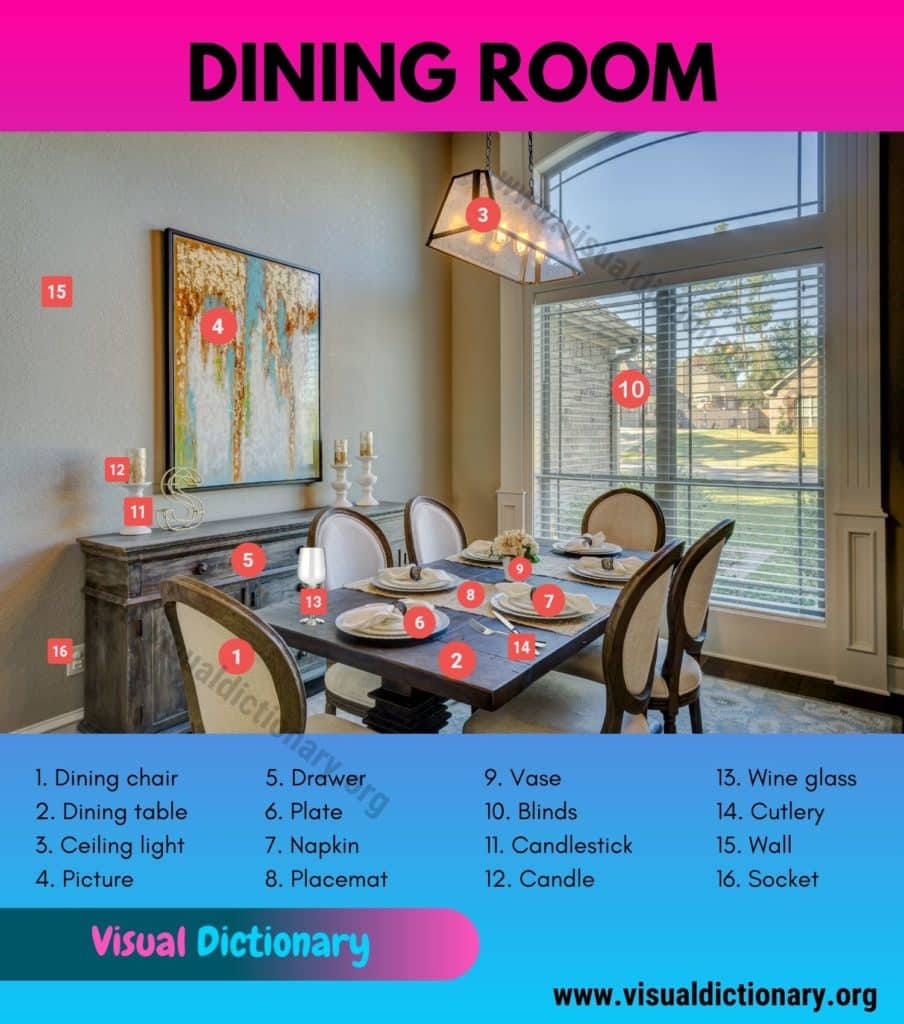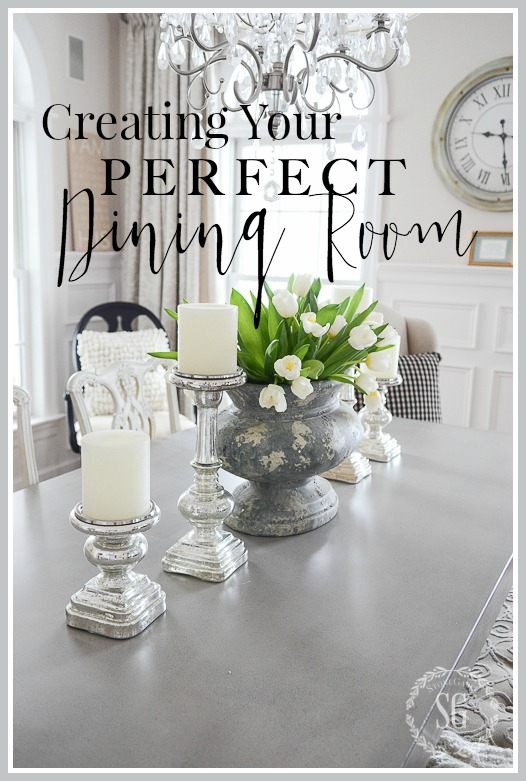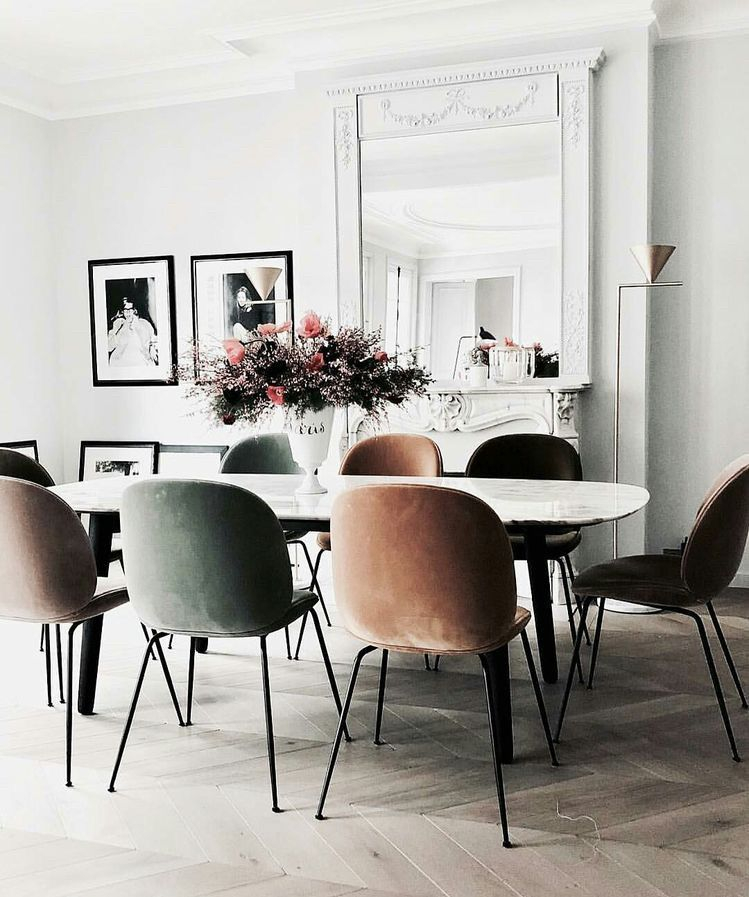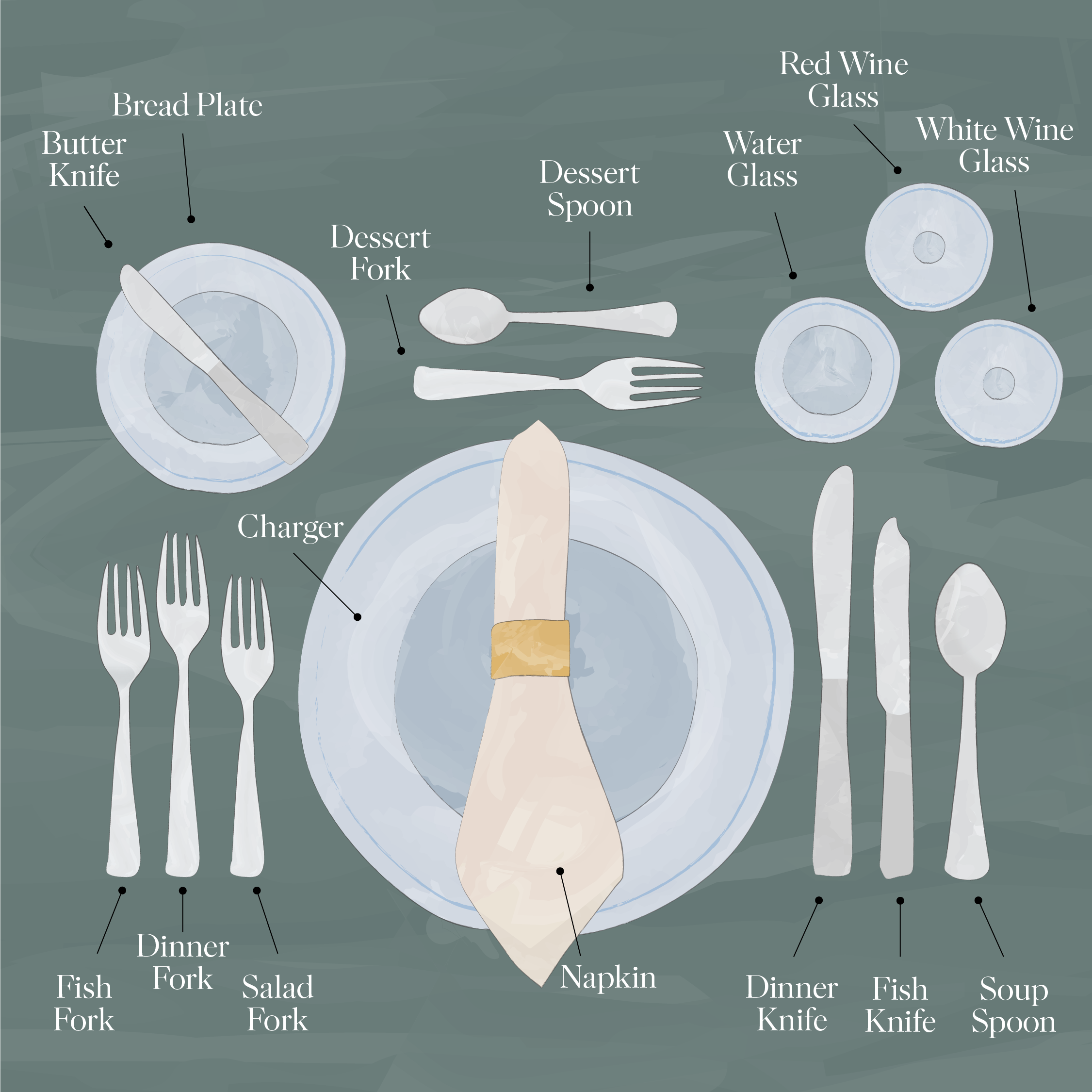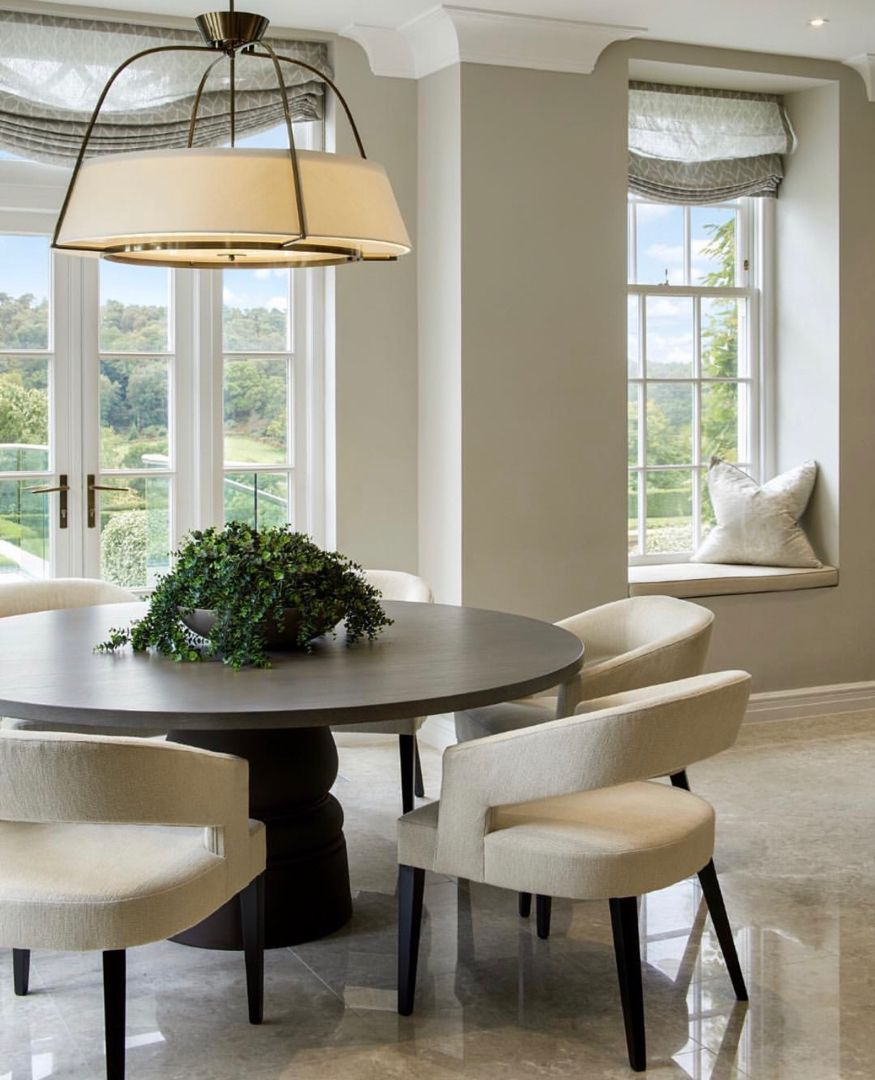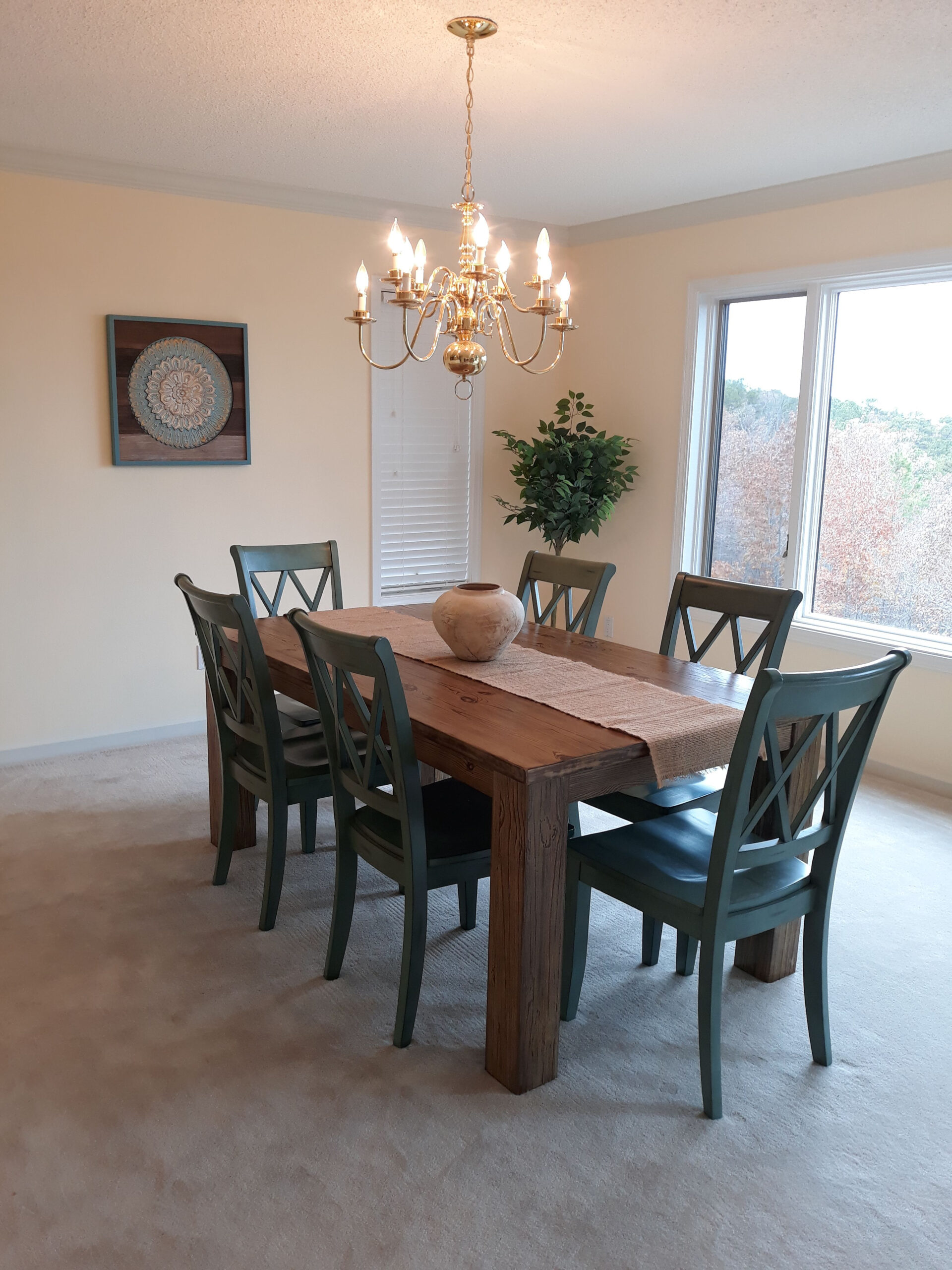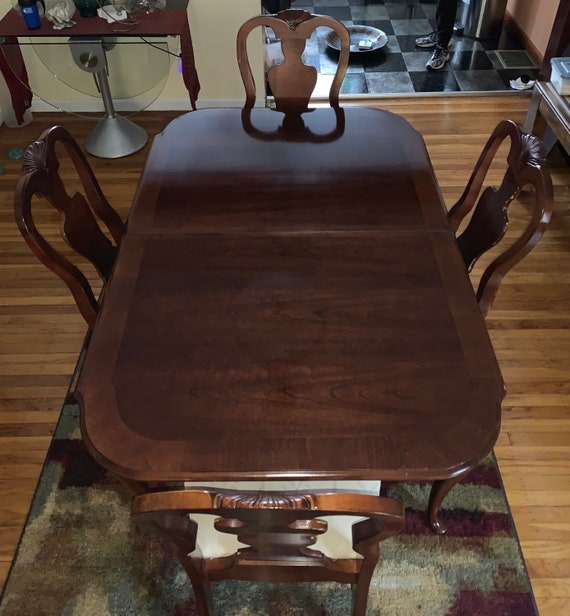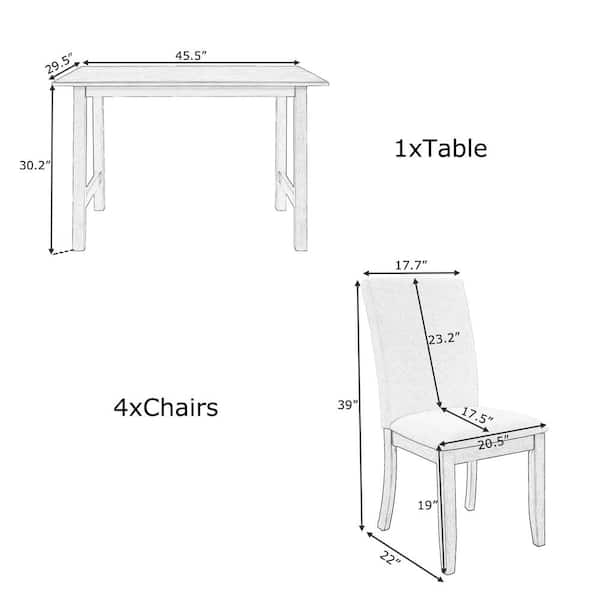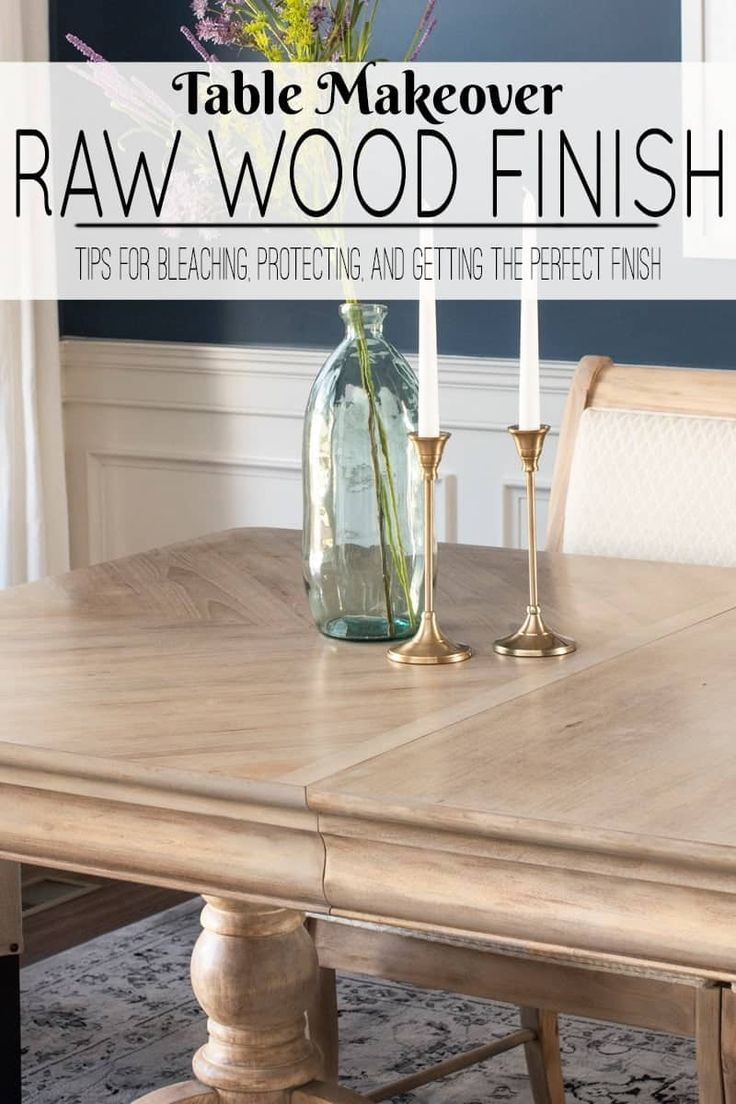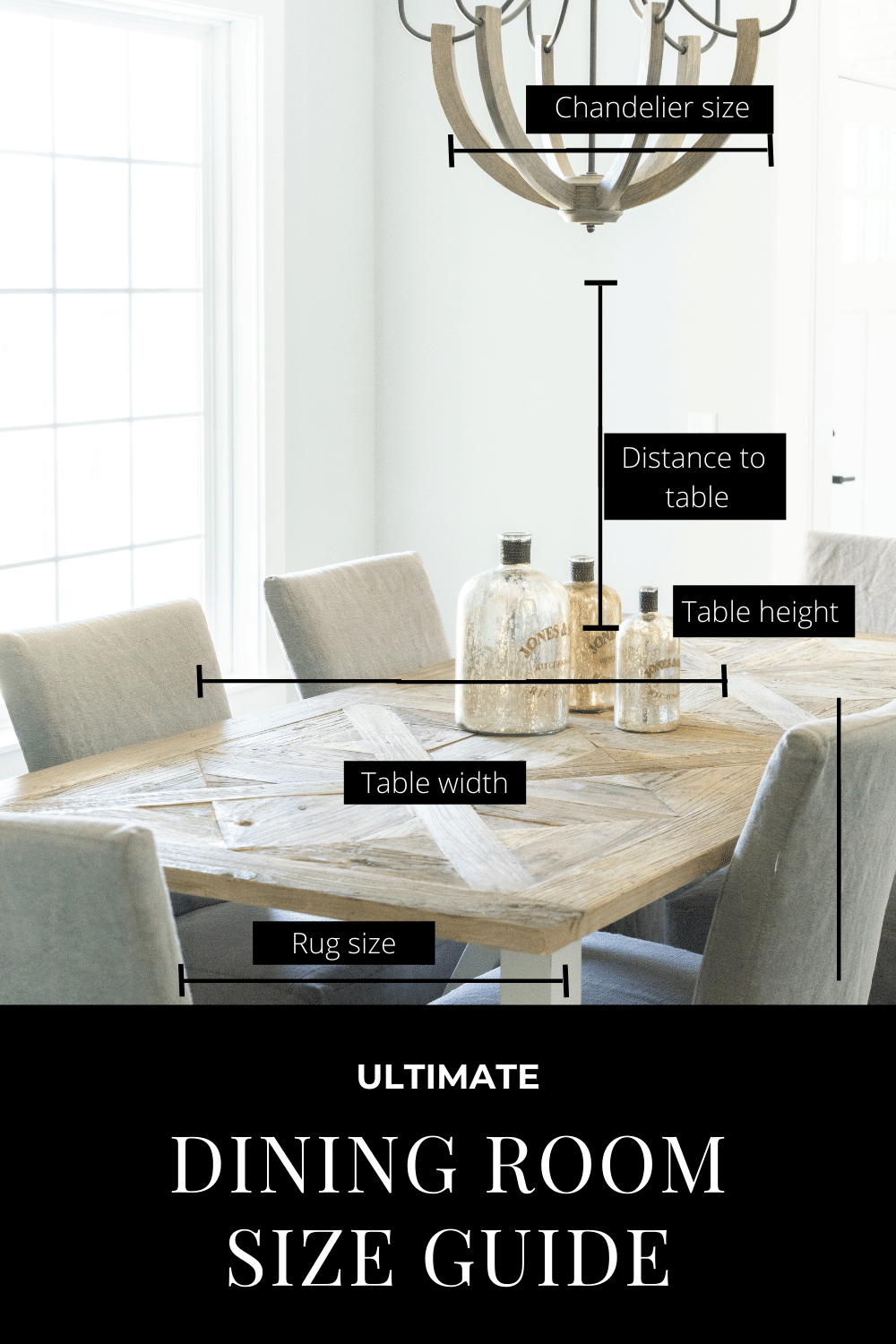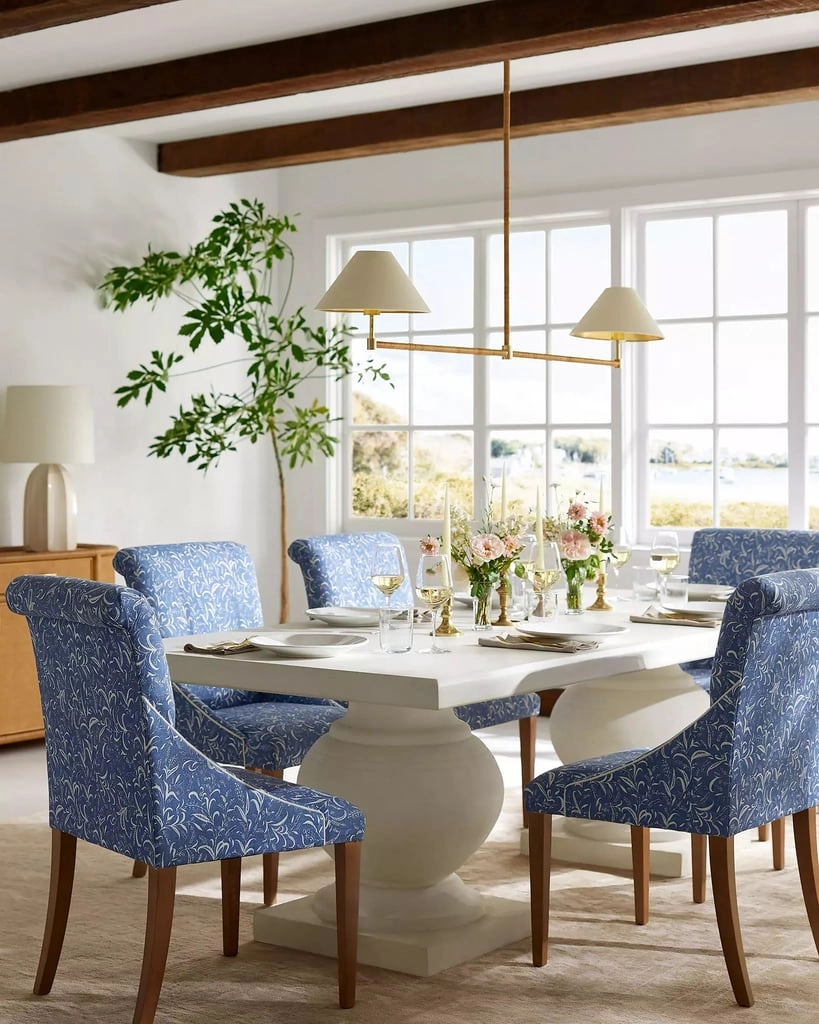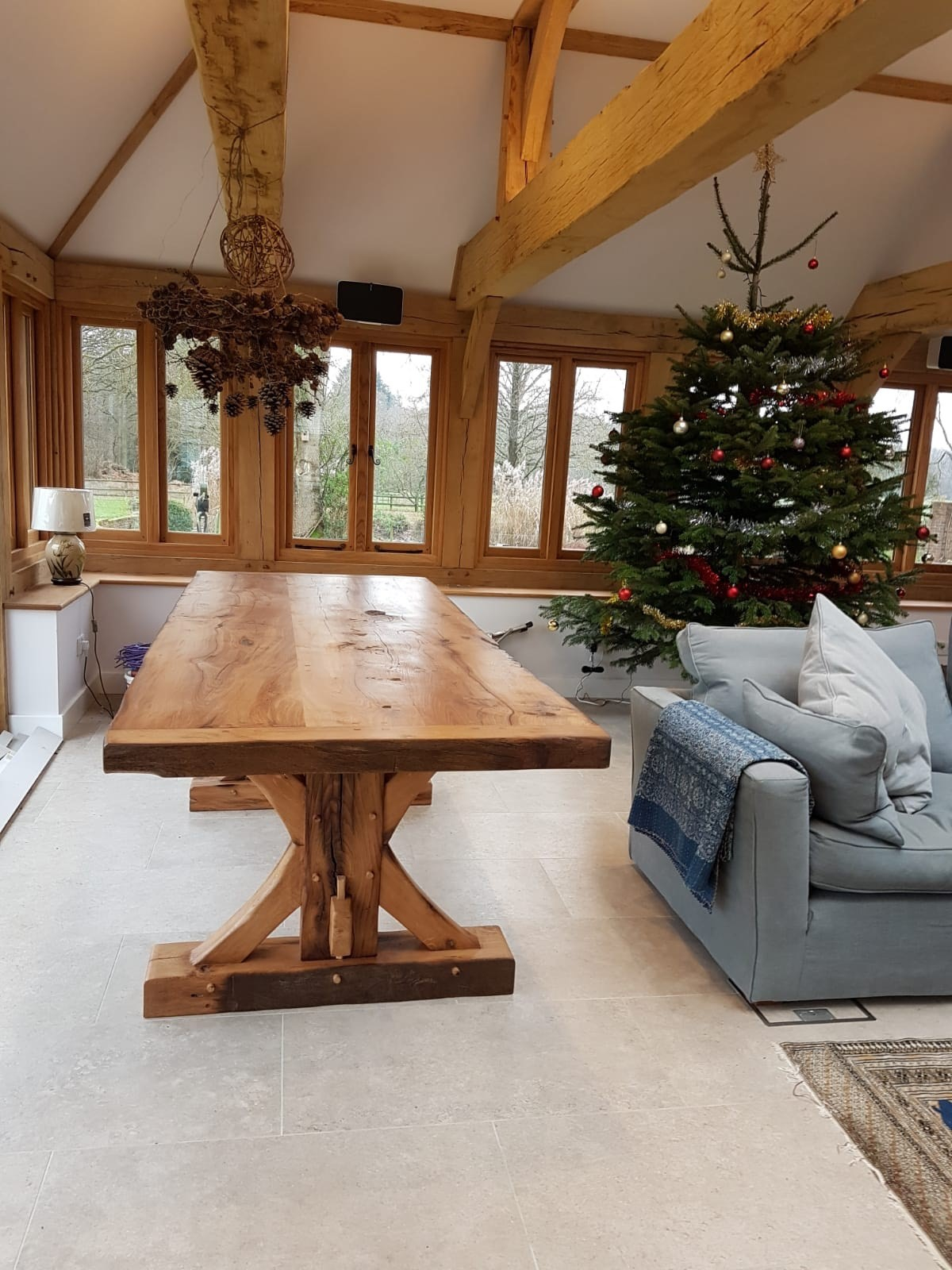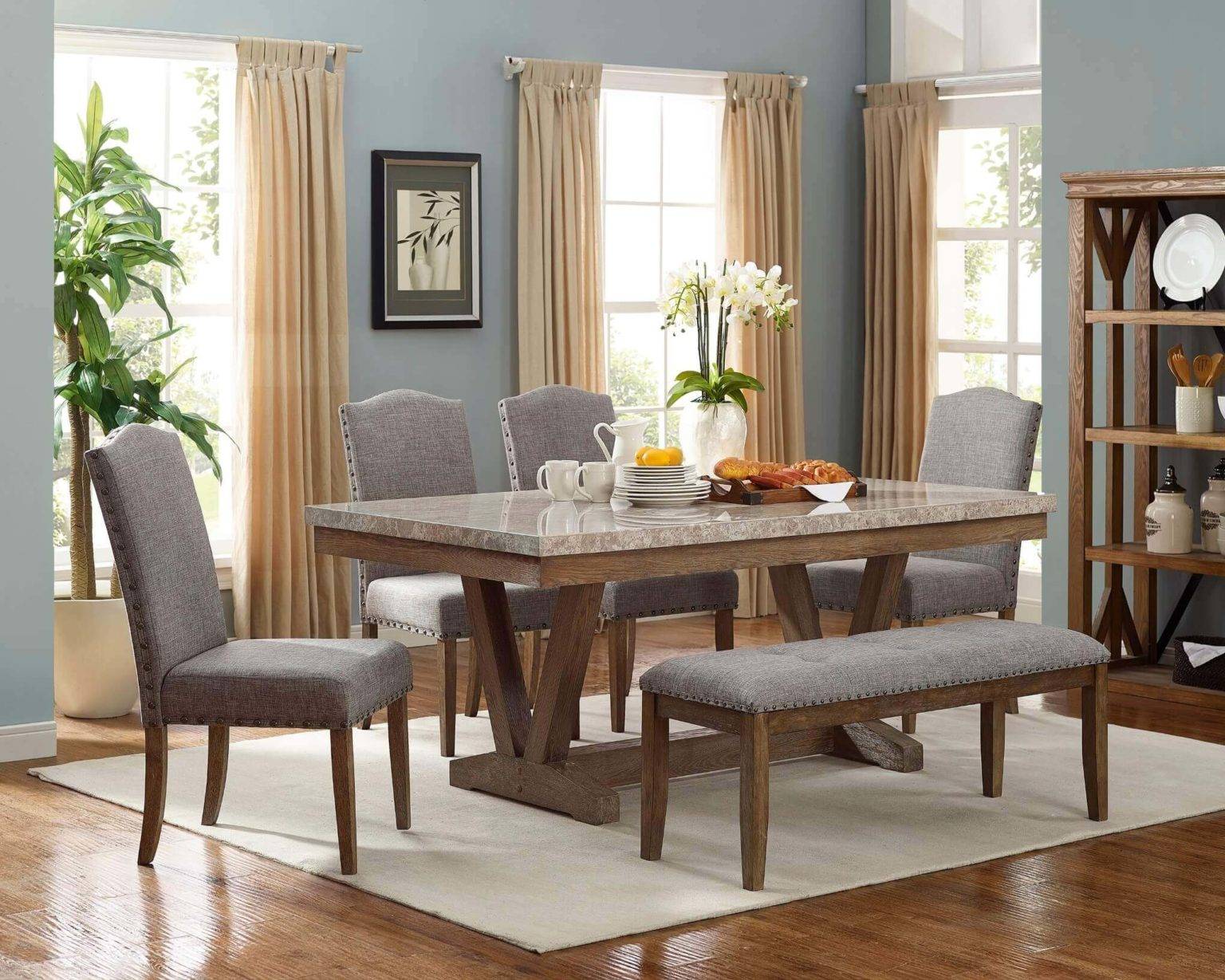Ever feel a little lost when it comes to placing the fork, knife, and spoon. You’re not alone. The humble dining table is more than just a surface; it’s the heart of gatherings, the backdrop for conversations, and the stage for culinary delights. Getting the table setting just right can transform a simple meal into an occasion, creating an atmosphere of warmth and welcome. It’s about more than just appearances; it’s about thoughtful consideration for your guests and the experience you want to create. Let’s dive into how to master this delightful art.
Think about your favorite dining experiences. Chances are, the table setting played a subtle, yet significant, role. A well-set table whispers of care and attention. It tells your guests, ‘I’m glad you’re here.’ But what exactly goes where, and why. It can seem a bit daunting at first, with all those pieces of silverware and glassware. Fear not. By understanding a few core principles and practicing a little, you’ll be setting tables with confidence and style in no time. We’ll break it down, step by step, making it approachable and even fun.
The Essential Elements: What You Need
Before we start placing things, let’s talk about the tools of the trade. At its core, a basic table setting needs a few key items. You’ll want a placemat or a tablecloth to protect your table and add a touch of elegance. Then comes the dinner plate, the central piece. For cutlery, the general rule of thumb is to place it in the order of use, working from the outside in. So, typically, the salad fork (if you’re having one) goes to the left of the dinner fork, and the soup spoon (if applicable) goes to the right of the dinner knife. The dinner knife rests to the right of the plate, blade facing inwards, and the spoon for dessert sits above the plate. Don’t forget the water glass, usually positioned above the knife, and perhaps a wine glass to its right. Simple, right. It’s all about logic and ease for your diners.
Navigating the Silverware Maze
This is often where people get a little flustered. Let’s demystify it. For a standard meal with a starter and a main course, you’ll typically have a fork, knife, and spoon. The fork is your primary eating tool, so it always goes on the left side of the plate. The knife, with its sharp edge, is for cutting, so it sits to the right of the plate, with the blade facing the plate itself. This is a safety and aesthetic consideration. Spoons, whether for soup or dessert, generally go to the right of the knife. If you’re serving dessert with a fork and spoon, they are often placed horizontally above the plate. Remember, the outermost piece of cutlery is used first. So, if you have a salad fork and a dinner fork, the salad fork is on the far left, and you work your way in towards the plate. It’s like a little dance of utensils.
Glassware Placement: A Clear View
Glassware adds a refined touch and is crucial for your beverages. The water glass is usually the most prominent, placed just above the tip of the dinner knife. If you’re serving wine, the wine glass typically sits to the right of the water glass. For multiple wine types, such as red and white, arrange them in order of height or the sequence they’ll be used, often with the white wine glass slightly in front of the red. Think of creating a pleasing arc or cluster of glasses. It’s important that they don’t obstruct the view of your guests across the table, and also that they are easily reachable. A little bit of elevation here can make a big difference in the overall look.
Napkin Etiquette: Folded with Flair
The napkin is more than just for wiping; it’s a decorative element. It can be folded and placed in several ways: to the left of the forks, on top of the plate, or even inside a glassware. A simple, neat fold is often best for everyday meals. For more formal occasions, you might explore more elaborate folds like a bishop’s hat or a fan. Regardless of the fold, ensure it’s clean and pressed. It should be easy for your guest to unfold and use. Placing it on the plate before guests arrive is a classic and elegant touch. It’s a small detail that shows you’ve thought of everything.
Beyond the Basics: Enhancing Your Setting
Once you’ve got the essentials down, you can start to add extra touches. This is where you can really let your personality shine. Consider a charger plate, which sits underneath the dinner plate and adds a layer of color and texture. Bread plates, usually placed to the upper left of the main plate, are another nice addition. Don’t forget decorative elements like a centerpiece, candles, or place cards. The key is to ensure these elements complement, rather than overwhelm, the setting and the meal. A low centerpiece allows for conversation, and candles can create a warm, inviting glow. It’s about creating harmony and a cohesive look.
Occasion-Specific Settings: Adapting to the Event
Not every meal calls for a seven-course formal setup. Let’s consider a few scenarios. For a casual brunch, you might only need a fork, knife, and a water glass. A barbecue might simply require a sturdy plate and cutlery, perhaps wrapped in a napkin. A holiday dinner, however, could benefit from a more elaborate arrangement, including dessert cutlery and perhaps multiple wine glasses. Think about the food you’re serving and the formality of the event. The goal is always to be functional and comfortable for your guests. It’s about matching the setting to the mood and the menu. So, if it’s a relaxed affair, keep it simple and unfussy. If it’s a special celebration, feel free to go a bit more grand.
Mastering the art of dining table settings isn’t about rigid rules; it’s about creating an experience. It’s about showing your guests you care and making them feel comfortable and celebrated. Start with the basics, practice a little, and don’t be afraid to add your own personal flair. Whether it’s a simple weeknight dinner or a grand holiday feast, a thoughtfully set table can elevate the entire occasion. So go ahead, set your stage, and enjoy the wonderful conversations and connections that blossom around your beautifully arranged table. Happy dining.

